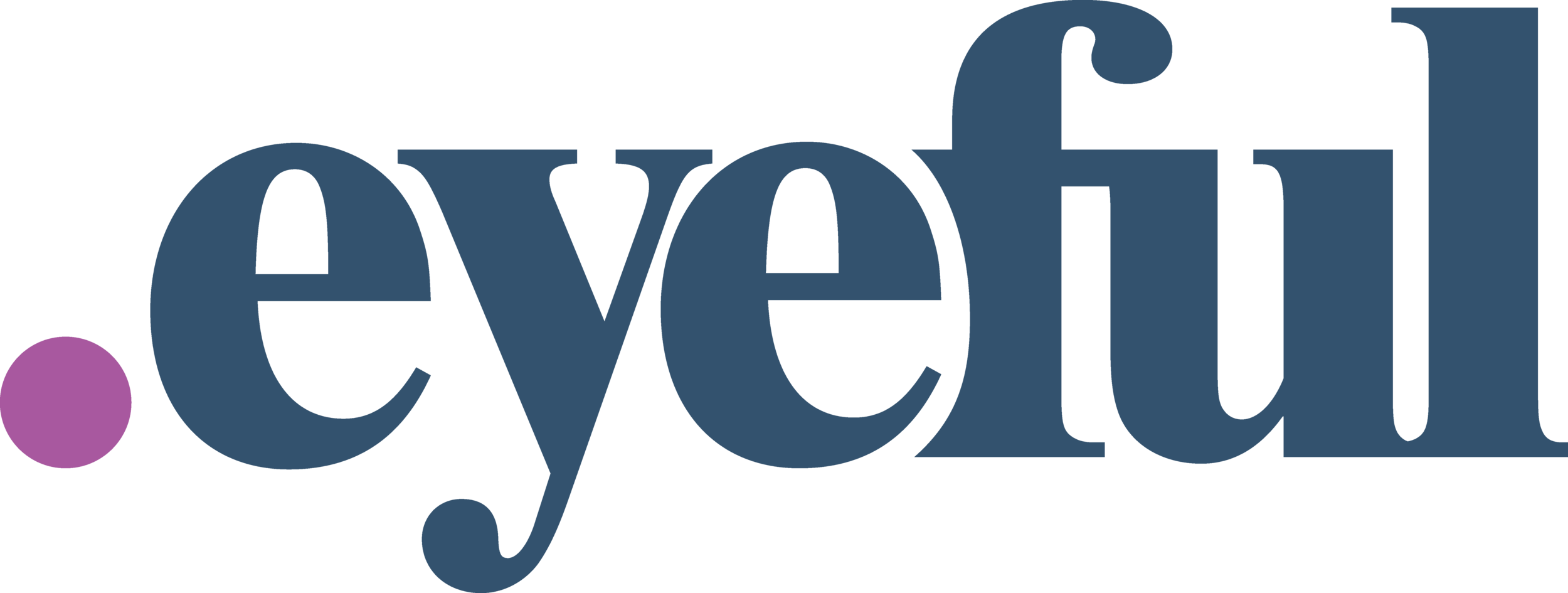Case Study: Value of Standardizing Marketing Data Across Multiple Channels
Authored by: Tim Daloisio, VP of Strategy & Agency Operations, Eyeful Media
Client: B2B SaaS Leader
Challenge: Standardizing Multi-Channel Data
Overview:
Our client–a B2B SaaS leader–was struggling to standardize data across multiple channels. They were running siloed campaigns across SEO, SEM, social media, and email. This created several challenges for reporting and strategy.
Inconsistent data naming and fragmented reporting made it difficult to see the full impact of the digital marketing team’s collective efforts. Without standardized data, the client struggled with inefficiencies and missed opportunities for deeper insights.
According to The State of Marketing Data Standards 2024 report from Claravine, "US advertisers report an average increase in ROI of 33% that can or will be seen from implementing data standards strategies across a host of functions including privacy compliance practices, brand safety practices, marketing campaign ROI, ad creative development and more."
Eyeful Media stepped in to unify the data structure. We aimed to streamline reporting, provide actionable insights, and improve campaign performance.
Here is how we achieved this to unlock new growth opportunities for our client.
Key Concern:
Our B2B SaaS client’s campaigns were scattered across different platforms. Each team within the company used different naming conventions, tracking methods, and reporting tools. Cross-channel analysis was slow and difficult.
Instead of optimizing campaigns, the marketing team spent hours trying to piece together reports.
A need for standardization was holding them back from making data-driven decisions. Below is a summary of the challenges that non-standardized reporting causes.
Challenges:
Inconsistent Naming Conventions: Different campaigns had different naming rules, making comparisons difficult.
Siloed Data: SEO, paid ads, email marketing, and social data were reported separately, leading to fragmented insights.
Inefficient Analysis: Team members wasted time reconciling data instead of making strategic decisions.
Objective:
Our goal was to standardize the client’s data across all channels. This would:
Reduce time spent manually pulling reports.
Uncover cross-channel insights hidden by inconsistent data.
Improve the accuracy of performance analysis and decision-making.
Step 1: Audit Existing Campaign Data
We started with a marketing audit of the client’s data practices. We examined campaign structure and naming conventions and identified the most significant problems.
Real-Life Example:
The client’s Google Ads campaigns had inconsistent naming; some included product categories, others didn’t. It was hard to see which campaigns drove specific product results.
Actionable Steps:
Audit all active campaigns across Google Ads, Facebook Ads, SEO, and email.
Identify where naming conventions and tracking are inconsistent.
Create a roadmap for standardizing the data that will have the most significant impact.
Step 2: Develop a Unified Naming Convention
After the audit was complete, we developed a standardized naming system for all digital channels. The goal was to capture key details—like product categories, campaign types, and traffic sources—in a consistent format.
Real-Life Example:
For paid search, we created a naming structure that included the platform, product category, and campaign type (e.g., “Google_SaaS_ProductCategory_LeadGen”).
This made it easy to compare performance across channels.
Actionable Steps:
Set up clear rules for naming campaigns, ad groups, and creatives.
Include critical details like product category, target audience, and traffic source in the naming conventions.
Roll out the new naming conventions across all teams and ensure consistent usage.
Step 3: Implement Cross-Platform Data Integration
Next, we integrated data across all platforms. Using Funnel.io and Looker Studio, we built a centralized dashboard that pulled in data from Google Ads, Google Analytics, CRM systems, and social media.
Real-Life Example:
By integrating Google Ads and Salesforce data, the client could see how paid search impacted the sales pipeline. This visibility helped them allocate budgets more strategically, focusing on campaigns that drove actual sales.
Actionable Steps:
Use Funnel.io or Looker Studio to create a dashboard that integrates data from all platforms.
Standardize data from Google Ads, Facebook, and CRM tools like Salesforce for easy comparison.
Set up automated reporting to track real-time performance and reduce manual data handling.
Step 4: Train the Team on Data Best Practices
Standardizing the data was only half the battle. We needed to ensure the client’s team could maintain these standards moving forward. We provided training on data accuracy, naming conventions, and using the new dashboard.
Real-Life Example:
At first, the client’s team struggled to follow the new naming conventions. To help, Eyeful Media created a detailed guide and hosted a workshop. Over time, this improved consistency and gave the team faster insights.
Actionable Steps:
Train internal teams on data standardization practices and why they matter.
Provide clear documentation for managing campaigns and reporting.
Set up a regular review process to ensure adherence to data standards over time.
Results:
The data standardization project significantly improved efficiency and performance for the client.
Key Outcomes:
50% Reduction in Time Spent on Reporting: The team cut reporting time in half with consistent data and an integrated dashboard.
Clearer Cross-Channel Insights: The client could now see how SEO, paid search, and social media campaigns performed together, providing a clearer view of ROI.
Improved Budget Allocation: With better data, the client shifted budget from underperforming campaigns to higher-converting ones, improving overall performance.
Next Steps:
By standardizing data across multiple platforms, your team can transform its digital marketing efforts. With integrated data from paid, organic, and social channels, the client could make more informed decisions, optimize budgets, and drive better results.
Helpful Tips:
Standardized naming conventions are essential for efficient data analysis.
Integrated data across channels provides clearer insights into performance.
Training teams on data best practices ensures long-term success.
Tools Used:
Funnel.io & Looker Studio: For creating centralized, integrated dashboards.
Google Ads: To track paid search performance.
Google Analytics & Salesforce: For aligning paid efforts with business outcomes.

